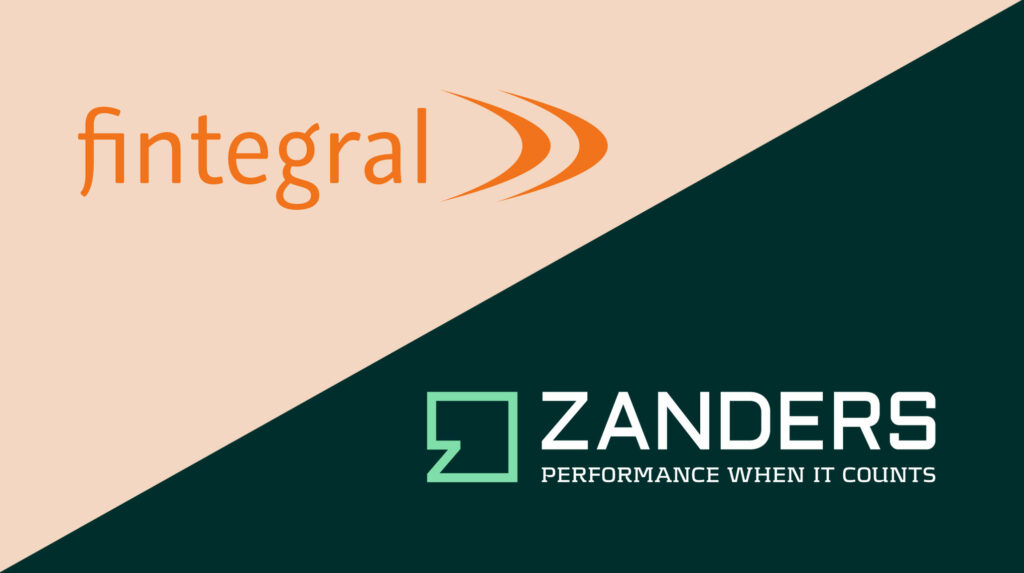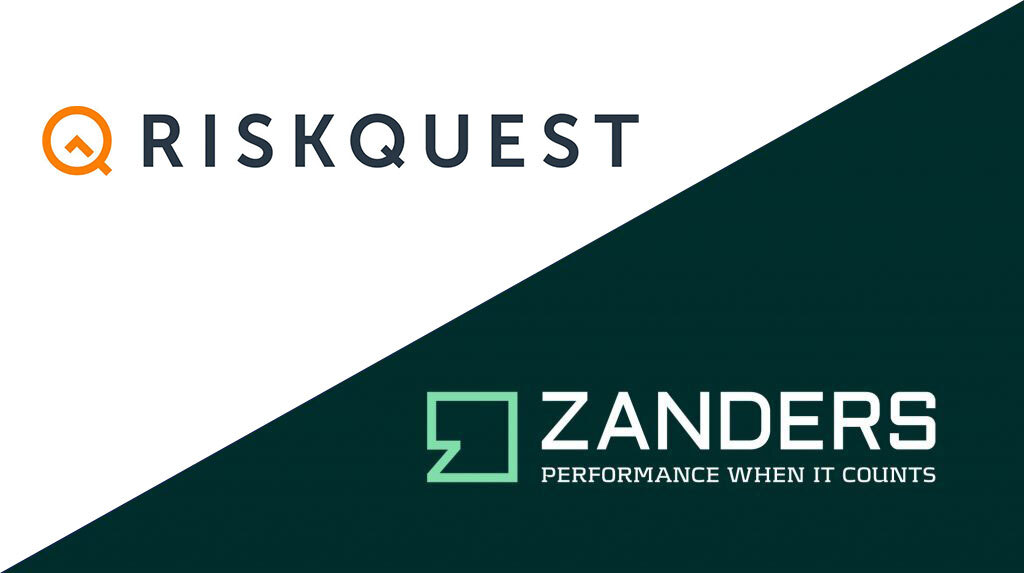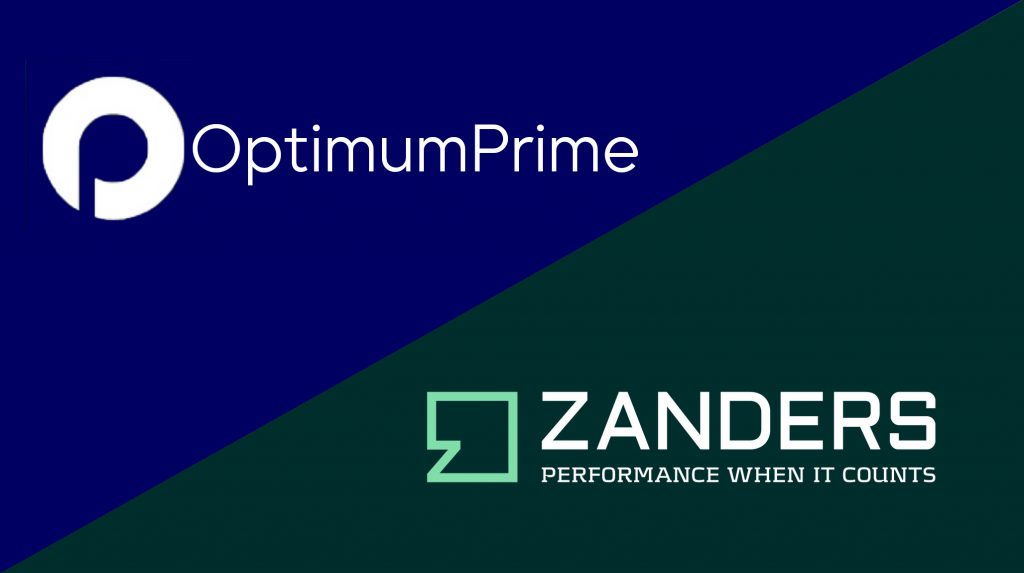In 2014, the International Union for Conservation of Nature (IUCN) launched their Global Cash Management Project in order to improve cash management policies and processes throughout the organization. IUCN chose Zanders as their trusted advisor to support them on the journey.
IUCN was founded in 1948 and is composed of 1,300 members, including governments and non-governmental organizations. The ability to convene diverse stakeholders and provide the latest science and on-the-ground expertise drives IUCN’s mission of informing and empowering conservation efforts worldwide. IUCN’s work is centered on three key areas: promoting effective and equitable governance of nature’s use, nature-based solutions to global challenges, and valuing and conserving nature.
Combatting the Challenges
From their 40 locations around the world, IUCN works together with local partners to use nature-based solutions to combat the challenges arising from climate change, loss of biodiversity, and food and water security. IUCN is active on an international level, seeking to influence policymakers and governance mechanisms. On a national and local level, they advise governments and stakeholders on translating international commitments into applicable policies and frameworks. Through a network of some 16,000 experts, IUCN gathers and generates knowledge for publicly available databases managed by IUCN. One such database is the IUCN Red List of Threatened Species, which gives an assessment of the extent a species is threatened and an indication of the extinction risk, thereby promoting conservation.
Fragmented Treasury Management Approach
The local nature of IUCN’s project work is reflected in their organizational structure with 32 country offices and 9 regional offices. This has historically given a great deal of independence to the local finance departments in IUCN. “Our regional offices and local offices have a great deal of autonomy, and as a result, finance has followed that autonomy, so each office essentially has its own finance function,” Mike Davis, chief financial officer for the Global IUCN Secretariat, explains.
The decentralized and autonomous nature of the finance department led to a fragmented treasury management approach with each local office taking on cash management and foreign exchange activities themselves. This resulted in a lack of visibility of the global cash position, decentralized collections of donations, and inefficient foreign exchange management performed locally.
Transformation
During the last few years, IUCN transitioned from directing the disparate operations and initiatives across the organization towards a more global and unified approach. “We are moving towards a more integrated organization,” says Davis. “For example, when considering climate change, a global approach is taken with initiatives translating into global programs implemented in several countries, as opposed to each region or each country developing its own projects on a local level. This also impacts how you then organize and manage your resources, which then has an impact on the treasury function as well.”
To support this transformation, IUCN implemented one common Enterprise Resource Planning (ERP) system across their entire organization, which replaced the stand-alone systems used in the local offices around the world. From a treasury perspective, the rollout of the ERP system was the first step towards creating better visibility of the total cash position in the organization.
Global Cash Management Project
Further integration between the global finance operations was initiated when IUCN launched their global cash management project. Zanders supported IUCN by charting a new cash management course to provide insights into market best practices and strategic guidance on future-proofing bank relationship management. Zanders began by conducting a thorough study of the cash management processes at IUCN to create a report of improvement initiatives. The primary recommendations were for the IUCN Finance Department to implement a uniform cash management policy across the organization and to rationalize their broad, diverse, and costly banking portfolio. Davis: “We chose Zanders because of their expertise in treasury and good reputation among other international organizations.”
Bank Rationalization Initiatives
The IUCN banking portfolio consisted of 46 banks and a dispersed bank account structure with approximately 160 bank accounts. The growing bank portfolio inhibited the visibility and control of cash. Furthermore, the dominance of local autonomy and a decentralized organization left IUCN with an inability to leverage banking relationships between the global secretariat, regional, and country offices. IUCN had an ineffective banking structure with regards to the number of bank accounts, service level, and competitiveness on fees provided by the banking partners. Additionally, the magnitude of bank accounts had operational maintenance and management implications because they required excessive manual time and effort to maintain. Introducing a banking landscape that supports efficient processes and reduces internal costs spent on maintaining bank accounts were key objectives for the bank rationalization initiatives. “Our main objective was to have efficient processes and to rationalize our banking structure because with that you can reduce risk, the amount of time in your organization spent on managing different relationships and also reduce the number of bank accounts. As each bank account has an internal cost, I would say the internal costs were far more important to us than the external costs,” Davis says.
Request for Information
By the end of 2015, IUCN issued, with the support of Zanders, a Request for Information (RFI) to eight banks identified to either have a global reach and footprint matching IUCN requirements or otherwise be material for IUCN. In total, 51 countries were included in the RFI. The RFI invited banks with global and regional capabilities to elaborate on their cash management offerings which were relevant for the business and geographical areas of IUCN. This included the services offered for cash management, payment processing, foreign currency disbursement, reporting capabilities, and connectivity solutions. Davis explains: “The Zanders team was very helpful throughout the whole process and very willing to adapt their services to what we needed and to think about different approaches before advising on what would be the best approach for us. We chose a more agile path with the RFI route, as opposed to a more formal RFP, which was then adjusted so it best met our needs and budget.”
Local Offering, Global Presence
To best facilitate and run nature conservation projects around the world, IUCN organizes itself in 9 regions; Asia, West Asia, Eastern & Southern Africa, West & Central Africa, Europe, Eastern Europe and Central Asia, Mexico Central America & Caribbean, Oceania, and South America. This localized, regional structure played a significant role in determining IUCN’s new banking landscape.
“Compared to other international organizations, IUCN has formed their regions in a much more localized manner, which then also becomes key when rationalizing and selecting new global banking partners as one has to balance the local offering with the global presence,” says Liam Ó Caoimh, director at Zanders.
Preferred Banking Partners
IUCN received RFI responses from five international banks. A six-sigma scoring and evaluation tool assessed the five proposals, which IUCN and Zanders evaluated together. IUCN used the results of the assessment to select three banks as the preferred choice for international banking partners. These three banks together cover 70 percent of the countries in scope for IUCN. For the secretariat’s headquarters in Switzerland, the bank relationship was kept with IUCN’s existing Swiss banking partner. By reducing the broad banking landscape to a manageable portfolio of relationships, IUCN’s treasury focuses more on supporting the field offices around the world under the guidance of a lean yet strong global cash management framework.
Would you like to know more? Contact us today.




































